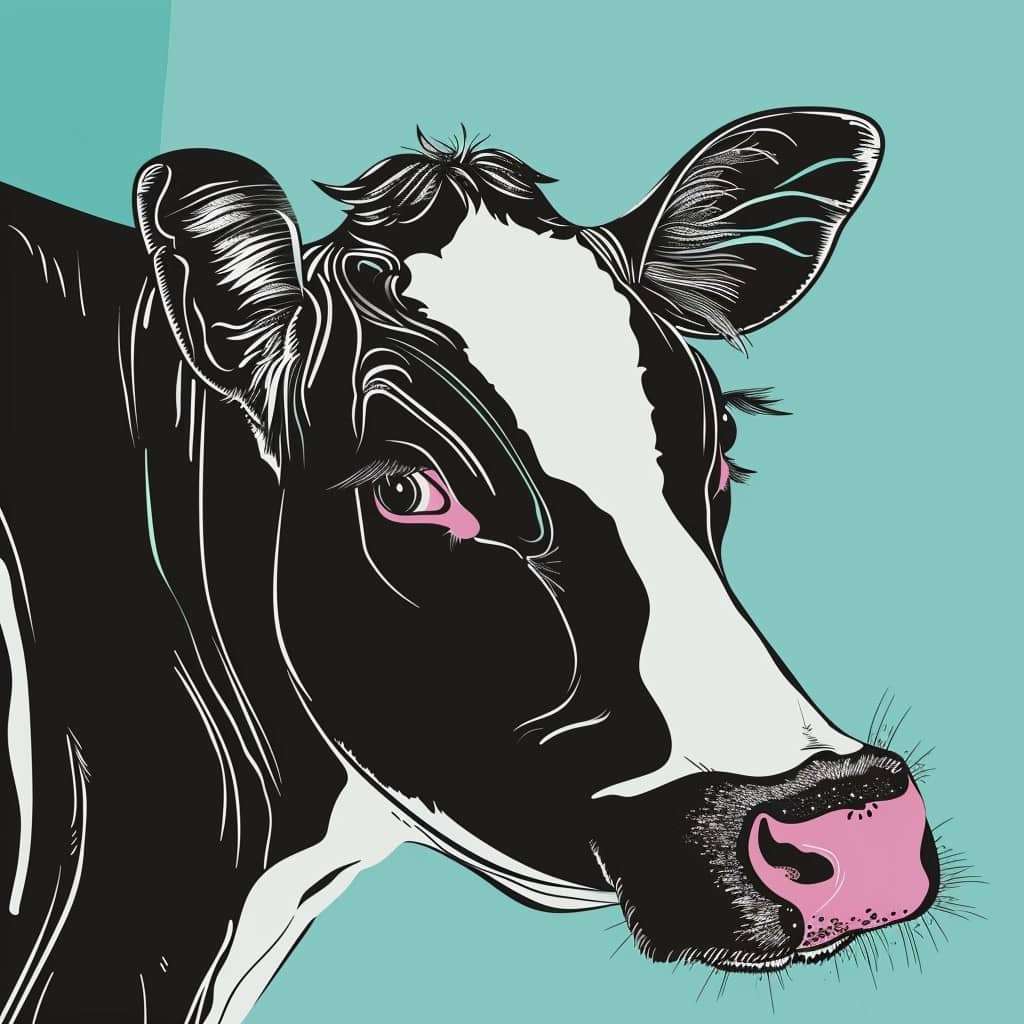A cow just made history as the first cow capable of producing human insulin in its milk. This breakthrough, the result of the work of researchers at the University of Illinois Urbana-Champaign and the University of Sao Paulo, could usher in a new era in insulin production, one day eliminating drug shortages and high costs for people living with the diabetes.
The breast, a protein factory
“Mother Nature designed the mammary gland as a factory to make proteins really, really efficiently. We can harness that system to produce a protein that can help hundreds of millions of people around the world,” he says Matt Wheeler, professor in the Department of Animal Sciences at the University of Illinois and lead author of the study published in Biotechnology Journal (I link it here).
Wheeler and his colleagues in Brazil inserted a segment of human DNA coding for proinsulin (the protein precursor of the active form of insulin) into the cell nuclei of 10 cow embryos. These were implanted into the uteruses of normal cows and a transgenic specimen was born. Thanks to updated genetic engineering technology, human DNA has been targeted for expression* of proinsulin only in breast tissue.

Insulin in cow's milk, an unexpected surprise
When the cow reached maturity, the team unsuccessfully attempted to fertilize her using standard artificial insemination techniques. Instead, the researchers stimulated his first lactation using hormones.
Lactation produced less milk than would occur after a successful pregnancy. However, both human proinsulin and, surprisingly, insulin were detectable in the cow's milk.
“Our goal was to make proinsulin, purify it into insulin, and go from there. But the cow basically processed it herself. It produces about three parts biologically active insulin to one part proinsulin,” Wheeler said.
The mammary gland is a magical thing.
Matt Wheeler, University of Illinois

Enormous production potential
Insulin and proinsulin, which would need to be extracted and purified for use, have been expressed at a few grams per liter in milk. But because the lactation was hormonally induced and the milk volume was lower than expected, the team can't say exactly how much insulin would be produced in a typical lactation.
Conservatively, Wheeler says that if a cow could produce 1 gram of insulin per liter (a typical Holstein produces 40-50 liters per day), that would be a lot of insulin. Especially considering that the typical unit of insulin is equivalent to 0,0347 milligrams.
“This means that each gram is equivalent to 28.818 units of insulin,” Wheeler said. “And that's only one liter; a Holstein cow can produce 50 liters per day. You do the math."
Towards a dedicated cow (or rather a farm).
The research team plans to refine the process with another cow and is optimistic that it will achieve greater success with pregnancy and full lactation cycles in the next generation. Ultimately, the researchers hope to create transgenic bulls to mate with females, creating transgenic offspring that can be used to establish a dedicated herd.
Wheeler says that even a small herd could quickly outcompete existing methods (transgenic yeast and bacteria) for producing insulin, and could do so without having to create highly technical facilities or infrastructure.
“For mass production of insulin in milk,” Wheeler says, “you need specialized, high-level livestock health facilities. But there is nothing too out of the ordinary for our well-established dairy industry.”
A future without insulin shortages
Before transgenic cows could provide insulin for diabetics around the world, an efficient system to collect and purify the insulin products would be needed, as well as FDA approval. But Wheeler is confident that day will come.
I can imagine a future in which a herd of around 100 animals, equivalent to a small farm, produces all the insulin needed for an entire nation. And with a larger herd we could produce the world's supply in a year.
Revolutionary cows “in the pasture”
This breakthrough is a potential solution to insulin shortages and high costs for diabetes patients. It marks a paradigm shift in how we think about drug manufacturing.
Instead of expensive high-tech labs and industrial plants, the future of insulin production may be… in stables. Instead of fermenters and bioreactors, we could have a cow. Instead of the sterile precision of biotechnology, we could have the warmth of a farm.
Of course, a lot of work will still be needed before “made in cow” insulin arrives on the market. In the meantime, however, this pioneer cow has given us a glimpse of a future in which nature and technology work together for the good of humanity. A future in which the most important innovations could come not from white coats in the laboratory, but from checked shirts on the farm.
* The process by which gene sequences are read and translated into protein products


